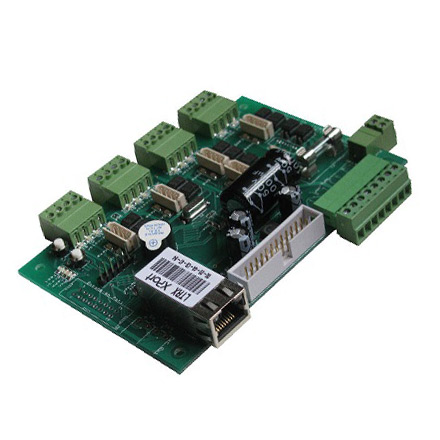

Reflective Toughened Glass A Modern Architectural Marvel
In today’s architectural landscape, innovative materials play an increasingly vital role in shaping structures that are not only visually stunning but also functional. One such material that has gained prominence is reflective toughened glass. This specialized type of glass combines the benefits of toughness with a reflective coating, offering numerous advantages for both commercial and residential buildings.
Reflective toughened glass is produced by subjecting standard glass to a rigorous heating process, followed by rapid cooling. This tempering process increases the glass's strength significantly, making it more resistant to impact and thermal stress compared to regular glass. Such resilience is crucial, especially in environments prone to extreme weather conditions or areas with high foot traffic. The toughness of the glass ensures that it can withstand everyday wear and tear while maintaining its structural integrity over time.
One of the most striking features of reflective toughened glass is its ability to control light and heat. The reflective coating applied to the surface allows the glass to reflect a significant portion of sunlight away from the building, which helps in reducing solar heat gain. This is particularly beneficial in climates with high temperatures, where air conditioning costs can skyrocket due to excessive heat ingress. By using reflective toughened glass, architects can create buildings that are energy efficient, reducing both energy consumption and greenhouse gas emissions.
Moreover, the aesthetic appeal of reflective toughened glass cannot be overstated. Its sleek, modern look enhances the visual appeal of any building, reflecting the surrounding environment in striking ways. This property is especially prized in commercial properties, where image can be just as important as functionality. From office buildings to shopping malls, reflective glass facades create an atmosphere of sophistication and elegance.

Beyond aesthetics, the use of reflective toughened glass promotes comfort for occupants. The ability of the glass to block harmful UV rays while allowing natural light to permeate ensures that interiors remain bright and inviting without the associated heat or glare. This feature not only enhances the quality of indoor spaces but also contributes to the well-being of the building’s occupants, making environments more conducive to work and relaxation.
The safety benefits of reflective toughened glass are another compelling reason for its growing popularity. In the event of breakage, tempered glass shatters into small, blunt pieces rather than sharp shards, significantly reducing the risk of injury. This is particularly crucial in commercial buildings where large glass panels are often used. By incorporating reflective toughened glass, architects can enhance safety standards while still achieving the desired aesthetic.
Additionally, the sustainability aspect of reflective toughened glass cannot be overlooked. As construction continues to evolve toward more environmentally friendly practices, the use of this glass aligns with the principles of sustainable design. Its durability means fewer replacements over time, and its energy-efficient properties contribute to the overall reduction in a building’s carbon footprint. When combined with other sustainable materials and practices, reflective toughened glass plays a vital role in creating eco-friendly buildings.
In conclusion, reflective toughened glass emerges as a multifaceted material that is revolutionizing modern architecture. Its unique combination of strength, aesthetic appeal, energy efficiency, and safety features makes it an ideal choice for a wide range of applications. As designers and architects continue to explore innovative solutions to meet the demands of contemporary living, reflective toughened glass stands out as a cornerstone of modern building design. Whether it’s transforming a skyline or enhancing the charm of a residential property, this remarkable material is poised to leave a lasting impact on the built environment for years to come.